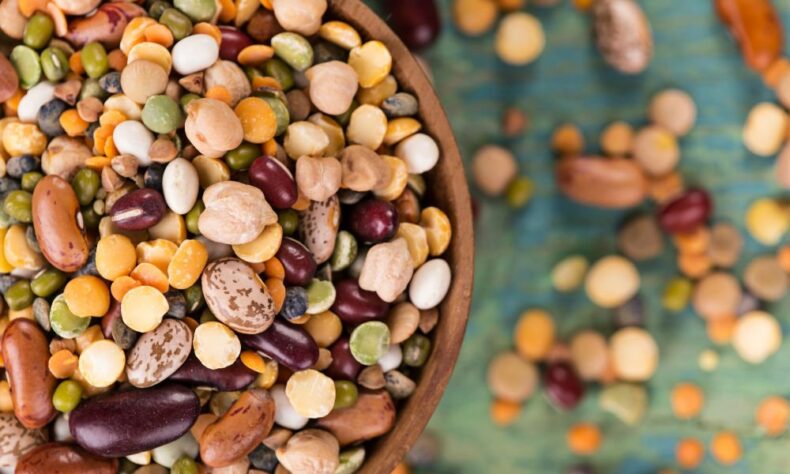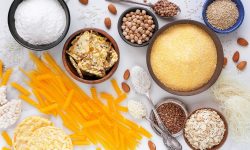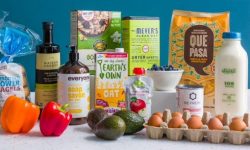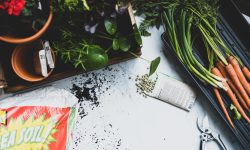Favourite Gluten-Free Items Available at Spud May National Celiac Awareness Month, but every day Spud…
When it comes to food intolerances, ‘gluten’ is the hot buzzword that everyone seems to be quick to cast aside. However, there’s a different type of protein that can pose a risk if consumed to excess, and it actually exists in very high amounts in many of the healthy foods we eat all the time.
So what is the name of this mysterious gut disturber? I’m talking about lectins.
What are lectins?
Lectins are a type of protein that occurs naturally in all plants and animals, and has been theorized to exist as a survival defense mechanism intended to ward off predators. Just like onions contain their own defense mechanism to discourage animals from eating them, plants and animals contain differing levels of lectins, which can result in no symptoms, to mild discomfort, to serious damage of the gastrointestinal walls. It all depends on what the food is, how it’s prepared, and the strength of your digestive system.
Which foods contain high levels of lectins?
You can find high levels of lectins in many of the plant foods that we eat including nightshades like tomatoes, peppers, and eggplant, all grains, legumes, as well as certain milk and milk products like cheese, yogurt, and kefir.
Why should we avoid them?
If you’re rolling your eyes right now thinking, ‘I thought these were healthy foods, and now you’re telling me I shouldn’t eat them?’, hear me out. Although lectins occur in many healthy foods that contain important nutrients like protein, fibre, vitamins, and minerals, consuming too many lectins can result in an unmanageable amount of these proteins, which are extremely difficult for our digestive system to break down. When this happens, one may experience symptoms like vomiting, diarrhoea, or abdominal pain.
Overexposure can lead to leaky gut.
Repeated exposure to significant levels of lectins can result in a condition known as ‘leaky gut’, in which the gut wall becomes damaged, and can allow unwanted substances to enter the bloodstream. And that’s bad.
Lectins can be mostly eliminated by cooking.
Many lectin-containing foods can be made safe to eat simply by cooking. For example, red kidney beans contain 20,000 – 70,000 lectins when raw, but only about 200 – 400 once they’ve been cooked. So, chances are, you’re already in the habit of cooking down the high-lectin foods in your diet.
Lectins can also be reduced with soaking, sprouting, and fermenting.
Beyond cooking, there are other methods that can be used to eliminate lectins. Studies have shown that soaking and sprouting grains can reduce the amount of lectins in food. Fermentation has also been used to allow good bacteria to digest lectins.
Who should be concerned?
While it’s true that lectins are toxic if consumed in large amounts, it’s very rare that you would encounter so many lectins at once that serious damage would be inflicted. The foods that we eat with large lectin doses, such as beans, grains, and legumes, are almost always cooked prior to eating, eliminating almost all lectins and making them safe to eat.
That said, people with autoimmune disease or digestive problems such as leaky gut may experience improved symptoms if switching to a diet that excludes most lectins. So if you are someone that experiences confusing abdominal pain after eating, gut issues, or anything else that feels off that you think is a result of your diet, talk to your doctor about a low-lectin diet.
What’s the bottom line?
Are lectins something that you need to be worried about? Not really. They’re found in almost everything we eat, including very healthy foods. Cooking foods that are high in lectins helps to bring down the levels to a manageable dose to consume, but those with leaky gut and/or autoimmune disease should be mindful about their lectin consumption.
| SHOP THIS WEEK’S GROCERIES |




